How to Recognize Early Signs of Heart Disease and Protect Your Heart Health
Heart disease is often called a "silent killer" because it can develop gradually without noticeable symptoms, making it difficult to detect in its early stages. In fact, many people don’t realize they have heart disease until they experience a heart attack or other serious cardiovascular event. However, recognizing the early signs of heart disease can help you take preventive measures and avoid more severe complications in the future. Understanding the warning signs and risk factors associated with heart disease is essential for everyone, especially those at higher risk.

The Most Common Early Symptoms of Heart Disease
Heart disease can manifest in a variety of ways, and the symptoms may not always be obvious. Early detection is key to managing the condition before it leads to more serious complications. Below are some common early signs of heart disease that should never be ignored:
1. Chest Pain or Discomfort: One of the most common symptoms of heart disease is chest pain or discomfort, which may feel like pressure, squeezing, or a heavy weight on the chest. This sensation can also radiate to other parts of the body, such as the shoulders, arms, neck, jaw, or back. While chest pain can sometimes be associated with other conditions, it is a primary warning sign of heart problems. If you experience chest pain that lasts more than a few minutes or occurs suddenly, it’s important to seek medical attention immediately.
2. Shortness of Breath: Difficulty breathing or shortness of breath, particularly during physical activity or even at rest, can be a sign of heart disease. This symptom occurs when the heart is unable to pump blood efficiently, causing fluid to back up in the lungs. Individuals may experience a feeling of breathlessness, tightness in the chest, or an inability to catch their breath. If you notice persistent shortness of breath, especially if it worsens over time, it is important to consult a healthcare provider.
3. Fatigue and Weakness: Extreme fatigue and a general feeling of weakness are often early warning signs of heart disease. When the heart is not functioning properly, it can lead to poor circulation and reduced oxygen flow to the body's organs and tissues. This can result in feelings of exhaustion, even after minimal activity. People with heart disease may find it difficult to perform simple tasks, like climbing stairs or carrying groceries, due to the overwhelming sense of fatigue.
4. Swelling in the Legs, Ankles, or Feet: Swelling, also known as edema, occurs when the body retains excess fluid. In the case of heart disease, fluid can accumulate in the lower extremities, causing swelling in the legs, ankles, and feet. This happens because the heart is not pumping blood efficiently, leading to a buildup of fluid in the body. If you notice unexplained swelling, especially if it worsens over time, it could be an indicator of heart issues.
Capital Health Medical Center – Hopewell
capital health medical center hopewell
1 Capital Way, Pennington, NJ 08534, USA

Other Subtle Signs of Heart Disease to Watch For
While chest pain and shortness of breath are the most recognized symptoms of heart disease, there are other subtle signs that you should be aware of. These can often be overlooked or mistaken for other health conditions, but they can indicate underlying cardiovascular problems.
1. Irregular Heartbeat: If you experience palpitations, a fluttering sensation in the chest, or a feeling of the heart racing, it could be a sign of arrhythmia (irregular heart rhythm). This can be caused by heart disease or other cardiovascular conditions and may indicate that the heart is not pumping blood efficiently. If you notice any unusual heartbeat patterns, especially if they are accompanied by dizziness, chest pain, or fainting, it’s important to seek medical help.
2. Dizziness or Lightheadedness: Feeling dizzy or lightheaded, particularly when standing up or exerting yourself, can be a symptom of heart disease. This can occur when the heart is not pumping blood effectively, leading to a drop in blood pressure. Dizziness, especially if it happens frequently or is accompanied by fainting, should be evaluated by a healthcare provider to determine its cause.
3. Cold Sweats: Cold, clammy sweats, particularly when experienced with other heart disease symptoms, can be a sign of a heart attack or other serious cardiovascular issues. If you are breaking into cold sweats, especially during physical exertion or while resting, it’s essential to seek medical care promptly.
Risk Factors for Heart Disease: Who Should Be Extra Cautious?
While anyone can develop heart disease, certain risk factors increase the likelihood of developing this condition. Recognizing these risk factors and taking preventive measures can help reduce your chances of heart disease. Common risk factors include:
1. Age: As you get older, your risk of developing heart disease increases. Men over the age of 45 and women over the age of 55 are at a higher risk, especially if they have other risk factors.
2. Family History: A family history of heart disease can increase your risk, as genetic factors play a role in cardiovascular health. If your parents or close relatives have had heart disease, you may need to monitor your heart health more closely.
3. High Blood Pressure: High blood pressure, or hypertension, is one of the leading causes of heart disease. It causes damage to the blood vessels and increases the strain on the heart. If left untreated, it can lead to heart failure, stroke, and other serious complications.
4. High Cholesterol: Elevated cholesterol levels can lead to the buildup of plaque in the arteries, increasing the risk of heart disease. Cholesterol management through diet, exercise, and medications can help reduce this risk.
5. Smoking and Alcohol Use: Smoking damages blood vessels and increases the risk of heart disease, while excessive alcohol intake can lead to high blood pressure and other cardiovascular problems. Quitting smoking and moderating alcohol consumption are key steps in reducing heart disease risk.
How to Prevent Heart Disease: Take Action Early
Recognizing the early signs of heart disease is only the first step. Taking action to prevent heart disease from progressing is crucial for maintaining a healthy heart. Adopting a heart-healthy lifestyle that includes regular exercise, a balanced diet, stress management, and regular health check-ups can go a long way in reducing the risk of heart disease.
Monitoring your heart health regularly by visiting your healthcare provider for routine screenings and testing is important. By making lifestyle changes early and staying on top of your cardiovascular health, you can reduce the risk of developing serious heart conditions later in life.
If you’re concerned about your heart health or suspect that you may be at risk for heart disease, consider visiting HeartCare Hub for expert guidance and personalized heart health solutions. Early detection and intervention are critical to protecting your heart and overall well-being.

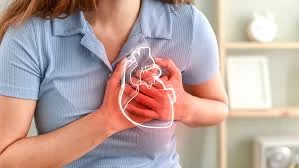
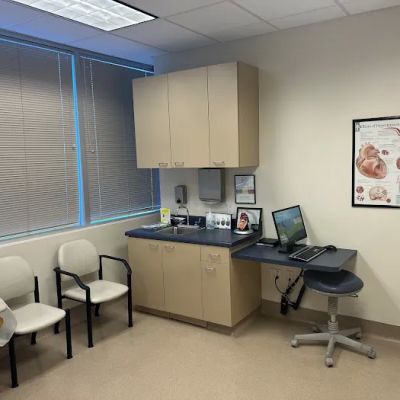
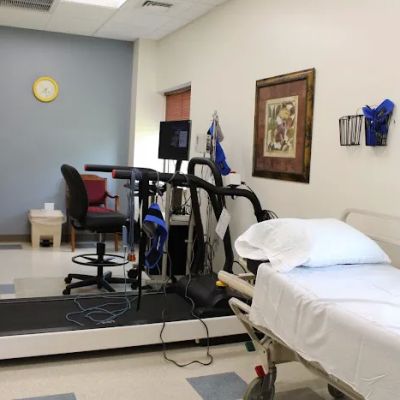

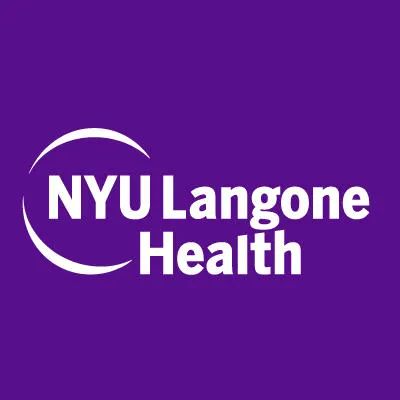





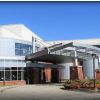
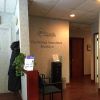









Deborah Heart and Lung Center
deborah heart and lung center
200 Trenton Rd, Browns Mills, NJ 08015, USA